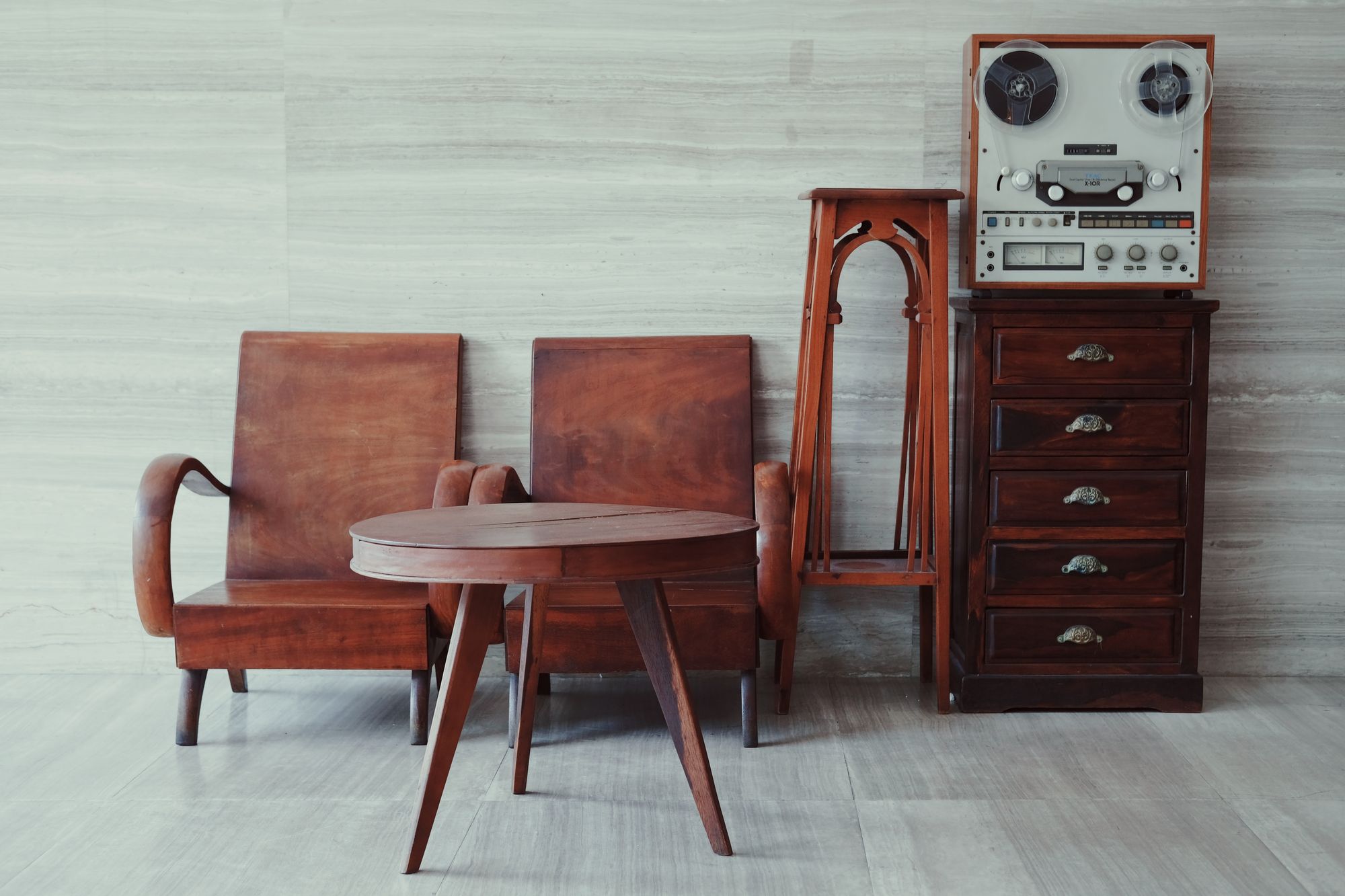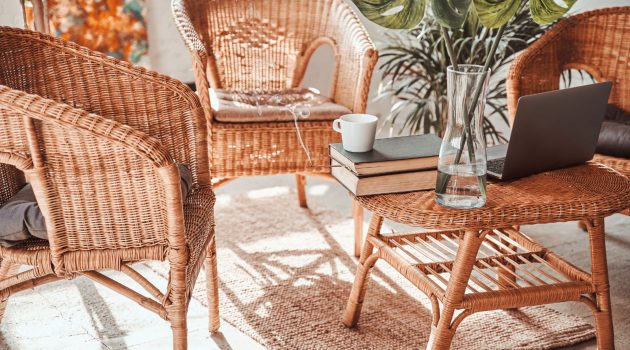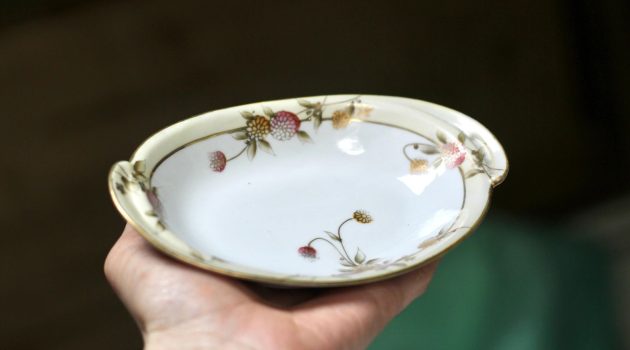Determining the style of furniture is an engaging journey into history, design, and personal taste.
Furniture styles are as varied as the eras and cultures they emanate from, and recognizing them can be akin to a fascinating exploration of artistic expressions.
It’s not merely about how a piece of furniture fits into your space but also about the stories and inspiration behind each style.
Whether it’s the clean lines of Mid-Century Modern that evoke a sense of 1960s sophistication, the ornate details of Baroque that transport you to the grandeur of 17th-century Europe, or the down-to-earth warmth of a rustic farmhouse aesthetic, every style has its place and purpose.
Understanding furniture styles helps you make informed choices when selecting pieces for your home. The key to identifying different furniture styles lies in observing the form, function, and materials of the pieces.
It’s about noticing the subtle curves of a Queen Anne chair, the pragmatic simplicity of Shaker cabinets, or the functionality of Scandinavian designs.
As trends evolve and our homes serve as a canvas for personal expression, it’s also important to consider how different furniture styles can blend harmoniously within your decor, creating a unique space that reflects your individuality.
Key Takeaways
- Recognizing furniture styles involves understanding their historical and cultural origins.
- Identifying furniture styles can be done by observing design details and craftsmanship.
- Harmonizing various furniture styles creates a personalized décor aesthetic.
1. Identifying Furniture Styles
When you’re looking to determine the style of furniture, focus on historical periods and the distinct design elements and materials that characterize each style.
This approach will enhance your home’s interior design that reflects your personal taste.
Historical Periods and Styles
To find the style that resonates with your personal aesthetic, start by exploring the following historical furniture styles:
- Victorian (1837-1901): Characterized by ornate detailing, heavy proportions, and dark woods.
- Queen Anne (1702-1760): Noted for its graceful curves, cabriole legs, and often featuring walnut wood.
- Mid-Century Modern (1945-1969): Favored for its clean lines, organic forms, and diverse materials like plastic and plywood.
- Scandinavian (1930s-Present): Known for its simplicity, minimalism, and functionalism, utilizing light woods and natural shapes.
Taking note of these periods and their distinguishing features can help pinpoint the design style that speaks to you, whether you’re aiming for a traditional style or something more contemporary.
Design Elements and Materials
It’s important to recognize the distinctive design elements and materials used in different furniture styles:
- Victorian: Look for elaborate carvings, plush fabrics, and dark, rich colors.
- Queen Anne: Seek out pieces with curved lines, cushioned seats, and typically cherry or maple woods.
- Mid-Century Modern: Identify furniture with sleek, geometric shapes and materials like teak, metal, and glass.
- Scandinavian: Keep an eye out for clean, streamlined forms with an emphasis on functionality and light-colored woods like pine and birch.
Understanding these elements and materials will aid in matching furniture to your preferred style, from the traditional elegance of Queen Anne to the sleek appeal of Mid-Century Modern or the cozy simplicity of Scandinavian design.
2. Materials and Craftsmanship
In unearthing the style of your furniture, paying close attention to the materials used and the quality of craftsmanship can provide significant insights.
The woods chosen, the finishes applied, and the presence of metal, leather, or fabric details can all be indicative of specific furniture styles and periods.
Wood and Its Finishes
Wood: Older pieces often feature solid wood construction, with species varying by period:
- William and Mary pieces typically have oak or walnut.
- Chippendale styles frequently use mahogany or cherry.
- Hepplewhite and Sheraton styles might include satinwood and birch.
Finishes: Look for:
- Original stains and varnishes that suggest an appropriate age.
- The patina developed from hand-rubbed finishes, indicative of Arts and Crafts styles.
Metal, Leather, and Fabric Details
Metal: Hinges, screws, and nails can be clues:
- Hand-forged nails and dovetail joints might signify pre-industrial craftsmanship.
Leather and Fabric: These coverings on furniture can help you deduce the age and style:
- Leather: Often seen on Chippendale and contemporary style furniture with features like cabriole legs or ball and claw feet.
- Fabric: Changes in pattern can signal the Hepplewhite or Arts and Crafts eras.
Inspecting these details and recognizing the traits of ornamentation, whether sparse or elaborate, can point to a piece’s origins and help you determine its authenticity and value.
3. Analyzing Design Features
Determining the style of your furniture involves examining its characteristics closely. Pay attention to the silhouettes, materials, and colors as they are fundamental in defining the style.
Silhouettes and Lines
Your furniture’s silhouette speaks volumes about its design era and aesthetic. For example, straight lines and clean lines are often indicative of a minimalist style.
In contrast, if you notice symmetrical shapes with more intricate contours, you might be looking at pieces with a more classic or elegant flair.
- Minimalist Aesthetic: Simplified shapes with little ornamentation.
- Luxury and Elegance: Curved lines and detailed accents.
Patterns and Textures
Patterns and textures contribute to a piece’s overall feel and can denote a specific style. Furniture with minimalist design might display a lack of pattern, preferring simplicity and clean surfaces.
Meanwhile, a cozy or relaxed atmosphere can be suggested through the use of soft textures and comfortable materials.
- Neutral Tones: Often associated with a modern, clean look.
- Rich Textures: Can imply luxury or a more traditional style.
Color Schemes and Aesthetics
The color palette used in your furniture can also help in identifying its style. Neutral colors and neutral tones, such as whites, beiges, and grays, lean towards a minimalist aesthetic or a contemporary vibe.
On the other hand, a dark finish might be found in more traditional or luxury pieces that aim to make a bold statement.
- Neutral: Think simplicity; less is often more.
- Dark Finish: Used to convey a sense of sophistication and timelessness.
Remember, while you analyze, consistency in these features across your furniture can signify a cohesive design style.
4. Blending Styles in Home Decor
In your journey to create an inviting and personal home, mixing various furniture styles allows you to express your unique taste.
Whether you’re combining the warmth of farmhouse charm with sleek modern pieces, or juxtaposing industrial solidity against rustic coziness, the key is to balance unity with diversity.
Mixing Periods and Trends
To achieve an eclectic look while mixing periods and trends, consider:
Furniture Items
- Farmhouse table with modern chairs.
- Traditional sofa alongside an industrial coffee table.
Key Strategies
- Cohesion with Color: Utilize a consistent color palette to unite different styles. For example, a rustic dining room chair and a glam sideboard might share a similar wood tone or finish.
- Balance with Scale: Pair larger traditional furniture with smaller modern accents to avoid overwhelming your space.
Creating Harmony and Contrast
When fusing furniture styles to add both harmony and contrast, pay attention to:
Textural Elements
- Combine a plush traditional sofa with sleek, clean-lined modern side tables.
- Place a rustic bench in an entryway with a glam chandelier above.
Harmony Strategies
- Link with Patterns or Shapes: A modern lamp on an industrial shelving unit can share geometric shapes that echo throughout the space.
- Even Distribution: Strategically position different styles throughout the room, such as pairing a modern lamp with a farmhouse-style dresser on opposite ends of the living room.



